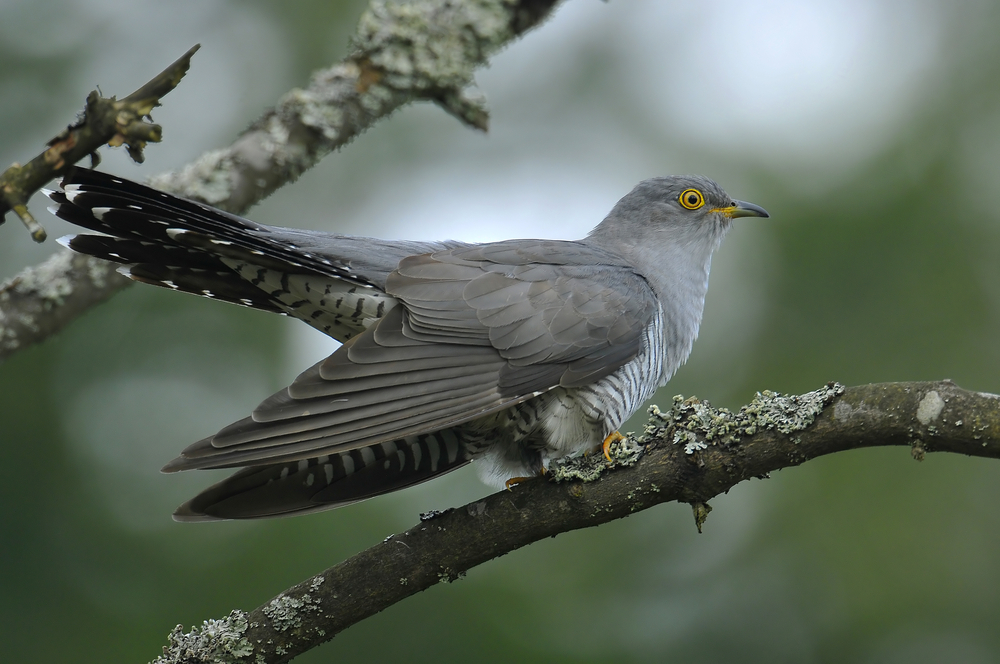
Last year’s haymaking produced a bumper crop of backbreaking work.
I was going through my diary to see what I was doing this time last year. I was wondering when I had moved the home-kept ponies off their winter grazing and into their spring paddocks. When did I begin to harrow, re-seed and fertilise the winter pasture ready for summer haymaking? The weather, it seems, was much wetter in 2016 and for a while I was worried about the fields getting too poached, which is when areas get over-used and broken up under the ponies hooves, such as around gateways or troughs, and become overly muddy. This would have had an impact on the hay crop, because any muddied areas would have to be repaired and re-seeded and, if they didn’t recover in time, would consequently affect the hay yield. As it happens, last year was a bumper harvest and, like many of my horse-owning friends, I still have plenty of hay left over from last year. All due, no doubt, to the prolonged spring rains. Now, of course, I have the quandary of – do I dispose of last years hay and take a new crop? Or, do I try to make do with the year-old hay and not have to worry about the backbreaking work at harvest time? Decisions! Decisions! When so much depends upon the prevailing weather conditions it is difficult to make definite future plans. Last years events in my diary, it seems, are a merely guide and not a blue-print.
African migrants
Also, I noticed, at this time last year I received the advance-party of my regular African visitors – the migrating swallows (Hirundo rustica). I always reserve a stable for their use during the summer, as the ponies have no use for it. Their mud nests adorn the walls, ceiling and beams, but the mess they made (and they do make a lot of mess) will have been cleared up as part of my winter maintenance. I have peeked quietly inside the stable and, as yet, there is no sign of them. They are welcome visitors to my holding because each day they eat thousands of the flying insects that pester the ponies. I wait with anticipation for their arrival. I know for certain that the cuckoos (Cuculus canorus), which announce their arrival from about mid-April, are on their way however. The British Trust for Ornithology (BTO) is tracking an individual bird, named Selborne, on his journey to Hampshire. Selborne was ringed in the New Forest last year and given his name by the Hampshire Ornithological Society (HOS) in memory of Gilbert White, who was a pioneering 18th century naturalist and ornithologist from Selborne in east Hampshire. The bird’s progress across the digital map, on the BTO website, reminds me of the NORAD Santa tracker that children watch avidly at Christmas time. For an amateur ornithologist, such as myself, the track across my laptop screen getting ever closer to home is viewed with the same excited anticipation. He’s currently in Spain and, hopefully, will arrive safe and sound in the next week or so and, as cuckoos are traditionally the heralds of spring, let’s hope he doesn’t take any longer.

The cuckoo (Cuculus canorus) is a regular visitor to the New Forest and is heard rather than seen.
To followed Selborne’s progress please visit: https://www.bto.org/science/migration/tracking-studies/cuckoo-tracking/selborne


You must be logged in to post a comment.